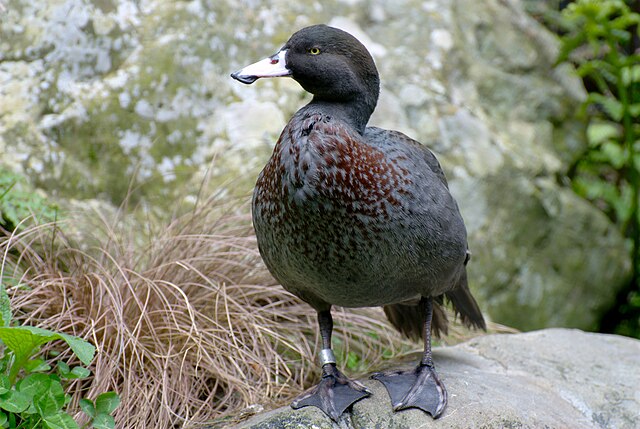Jerusalem, named for the Biblical Jerusalem, is a settlement 66 kilometres (41 mi) up the Whanganui River from Whanganui, New Zealand. Originally called Patiarero, it was one of the largest settlements on the Whanganui River in the 1840s with several hundred Ngāti Hau inhabitants of the iwi Te Āti Haunui-a-Pāpārangi. Unlike other Whanganui River settlements given transliterated place names by Reverend Richard Taylor in the 1850s, Jerusalem is usually referred to using the English version of its name. It grew into several small settlements, including Roma and Peterehama, founded by the remains of Taylor's congregation after the majority converted to Catholicism when a Roman Catholic mission was built in 1854.
Jerusalem, New Zealand
St Joseph's Church at Jerusalem
The Whanganui River is a major river in the North Island of New Zealand. It is the country's third-longest river, and has special status owing to its importance to the region's Māori people. In March 2017 it became the world's second natural resource to be given its own legal identity, with the rights, duties and liabilities of a legal person. The Whanganui Treaty settlement brought the longest-running litigation in New Zealand history to an end.
The Whanganui River. Mount Ruapehu can partly be seen at the top right of the scene.
Kawana flour mill, 1854 (restored), Matahiwi
Blue duck (whio) at Staglands, Akatarawa, New Zealand
One of the many Māori marae along the Whanganui River






